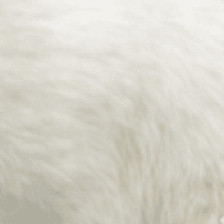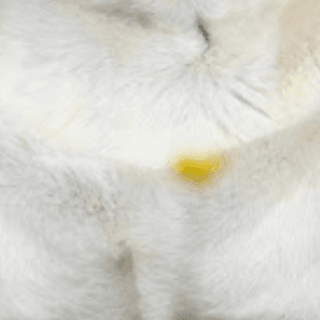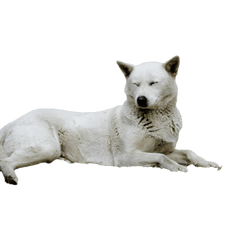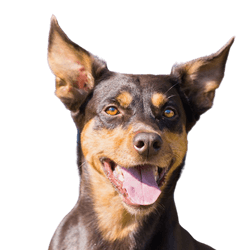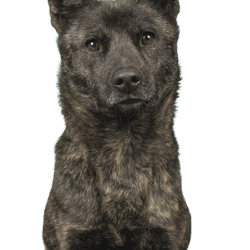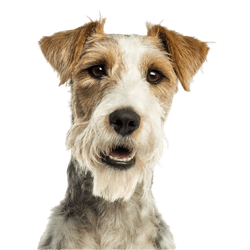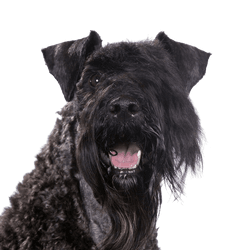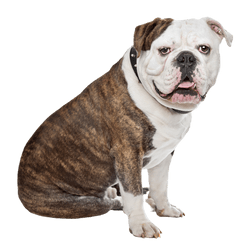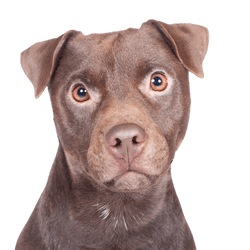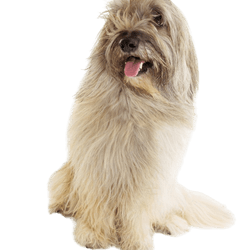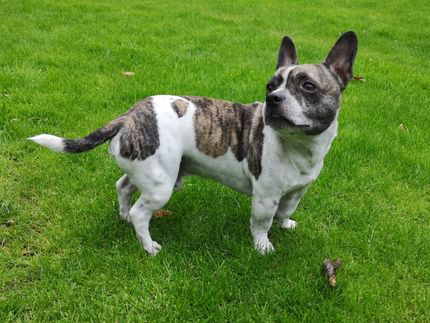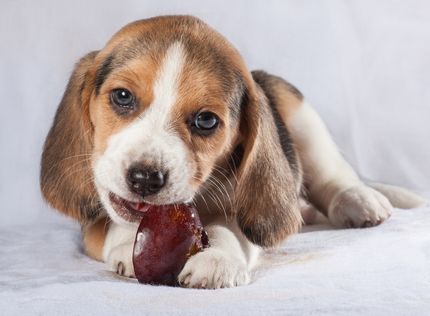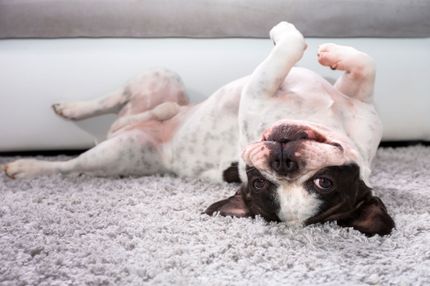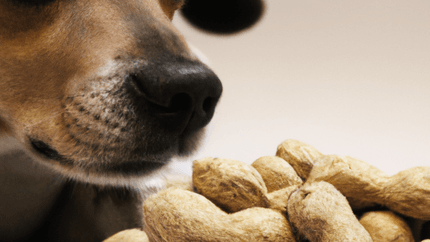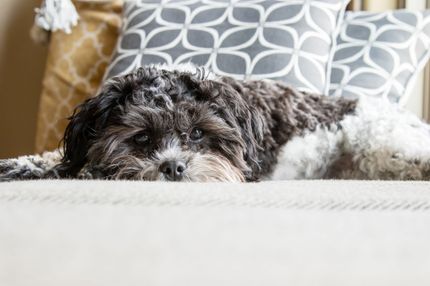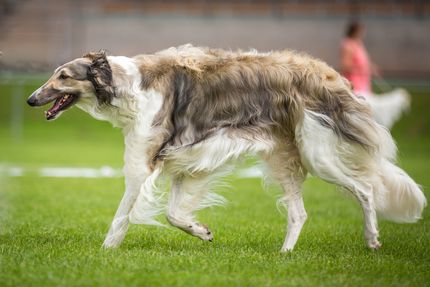Facts & Origin
Origin and history of the Samoyed
The Samoyed is named after the Samoyed people, an ancient semi-nomadic group from Asia who migrated to Siberia and lived there for over a thousand years. These people bred dogs for hard work in the harsh, icy conditions of the Arctic and depended on them to survive. They lived in tents with their packs of dogs and used them as guard dogs, hunters, and eventually as herding dogs for their reindeer.
In the late 18th century, the Samoyed was introduced to British dog lovers, and in 1906, the breed was officially recognized in America by the AKC. Famous Arctic explorers of the early 20th century, including Scott, Shackleton and Amundsen, used Samoyeds as sled dogs because they could enthusiastically pull loads weighing up to 1.5 times their own weight.
Interesting fact about the fur
As a wool alternative in knitting, shorn Samoyed fur, which has angora-like texture, can also be used. The fur is sometimes used to make artificial flies for fly fishing. Samoyed fur sweaters are reported to withstand temperatures well below freezing.
Uses of the Samoyed
As a former working dog, he still occasionally runs in dog sports or sled dog races, but often he is defeated by other breeds in competitions. As a guard dog he is nowadays also hardly used. Instead, the Samoyed, also called "Sammie", has become a popular house, family and show dog.
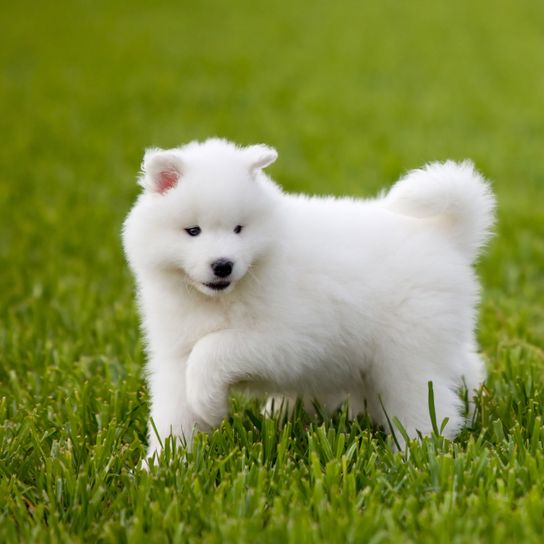
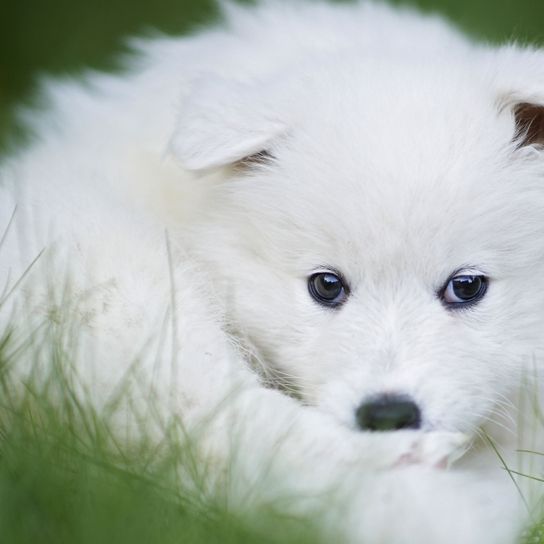
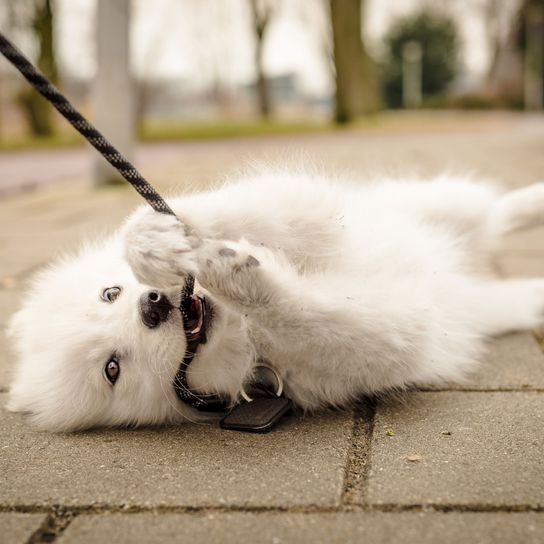
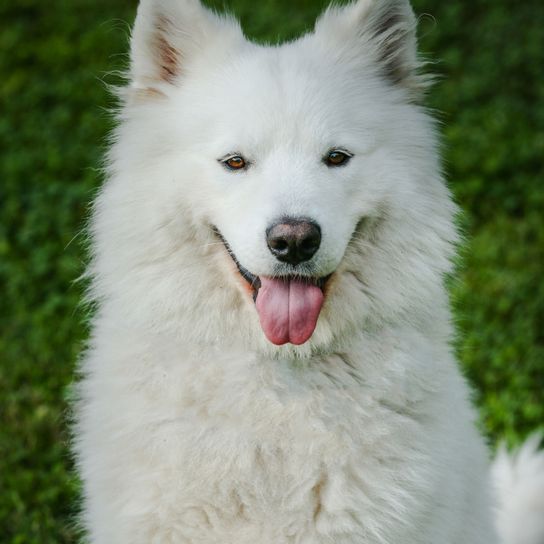
| Alternate Name | Samoyedespitz |
| Origin | Russia |
| Life expectancy | 12 - 13 years |
| Care requirements | high-maintenance |
| Activity level | average |
| FCI group | Nordic Sledge Dogs |
| AKC group | working group |
| KC group | Pastoral Group |
Samoyed mixes
Attitude, character and temperament of the breed
Typical character traits of the Samoyed
The nature of a Samoyed is sociable and friendly: bred to live in a tent in close quarters with their families, they thrive in human company. His outgoing nature also implies great eagerness to learn. They are intelligent dogs, but they can also have a touch of independence. They can also bark very loudly if left alone for long periods of time, and digging can be a problem as they use it to reach a cool resting place. A tendency to chase, which should be very slight, or to nip may also develop.
Samoyeds generally get along well with other dogs and people, as well as other pets they have grown up with. They generally get along well with children, although they may be a bit boisterous for small toddlers. Leaving dogs and children unsupervised is not a good idea, as with all dog breeds.
Raising a Samoyed
Even the Samoyed puppy needs consistent training. Otherwise his independent character will turn into problems with subordination. If you want to buy a Samoyed, you should always take clear leadership yourself. And even with good training, a Samoyed needs a lot of activity. If this succeeds, the temperament of the breed will give you a lot of pleasure - but only if your dog is always well exercised; otherwise he will quickly find his own occupation.
Usage
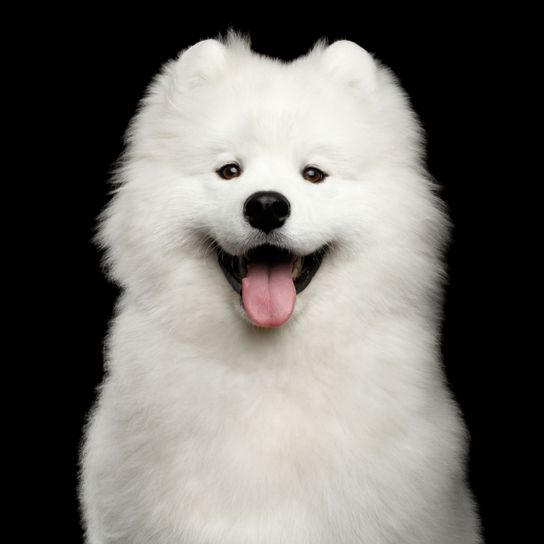
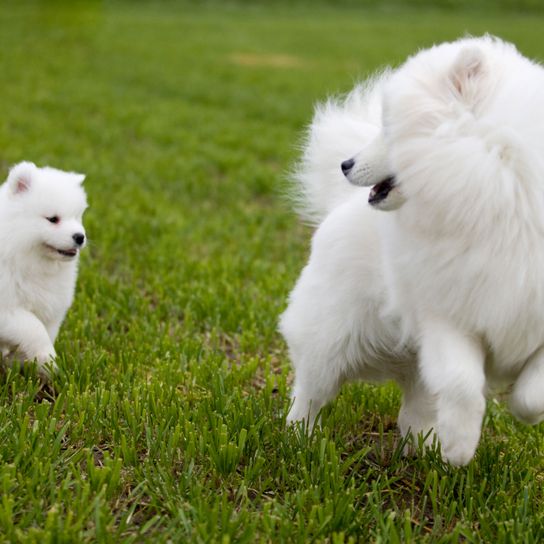
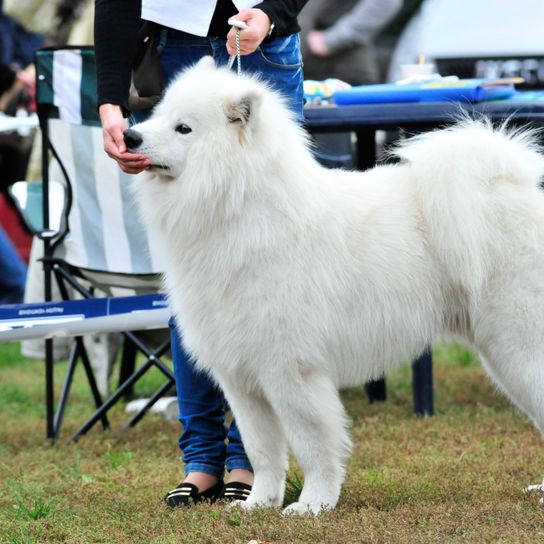
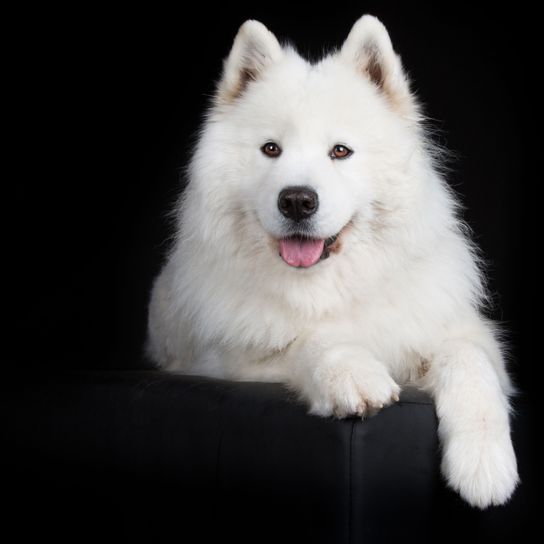
Typical diseases of the Samoyed breed
Although the Samoyed is a working dog and these are often healthier, some typical breed diseases can be found. Among them are the following:
- Progressive retinal atrophy (PRA)
- Hereditary kidney inflammation
- Short-leggedness incl. malformations of the eyes
- Pulmonary stenosis (and consequent congestive heart failure)
- Diabetes mellitus
Life expectancy
On average, a Samoyed will live 10-12 years.
Breeding and buying a Samoyed
Samoyed breeding demands care in the selection of parents. All animals should have undergone a thorough examination and selection. Thus, serious breeders can prepare for a litter of healthy puppies. It is important that the breeder - and you - pay attention to the following:
- A Samoyed puppy may be beautiful - but much more important is pronounced health.
- No related Samoyeds should be mated with each other to avoid inbreeding effects. Only foreign mating guarantees the desired robustness of the animals.
- Likewise, character plays a lifelong important role. You can recognize the presumed character of the litter by looking carefully at the behavior of the parents.

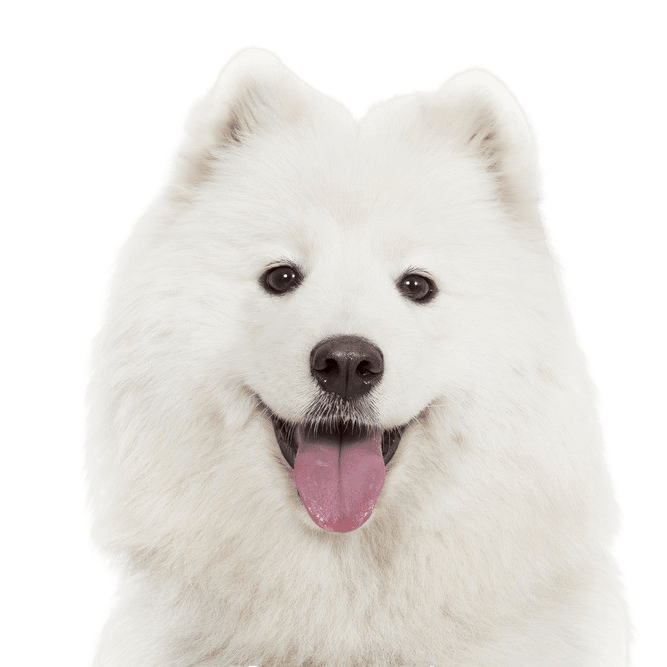
Breed characteristics of Samoyed
The Samoyed is classified by the FCI as Group 5 (Spitz, primitive type dogs), Section 1 (Nordic Sled Dogs).
While males grow between 54-60cm tall and weigh 20-30kg, females often reach only 50-56cm and a body weight of 17-25kg. Samoyeds move powerfully, freely and with long strides, which gives them an effortless appearance. The forehand shows good reach, the hindquarters a lot of thrust.
The head
The Samoyed has a strong and wedge-shaped head, with the skull only slightly domed in front and seen from the side, and widest between the ears. The furrow between the eyes should be little, but the stop should be clearly visible.
The muzzle
A breed specimen should have a preferably black, well developed nose. However, at certain times of the year the nose pigment may fade, even developing the typical "winter nose". Only the edges of the nose should always be dark. The strong muzzle with the straight bridge of the nose is deep and of approximately the same length as the top of the head; towards the nose it becomes gradually narrower. It is neither pointed and weak nor heavy and square. Deise dog breed has a scissor bite.
"Smiling husky" - lips & eyes
The Samoyed got his nickname of the "smiling sled dog" because of his rather unusual facial expression, which is meanwhile already seen as a characteristic for this breed. The combination of the almond-shaped eye shape and position (set wide apart, somewhat slanted) with the slightly upturned corners of the lips creates the typical "Samoyed smile". It was supposedly bred to prevent drooling and consequent formation of icicles on the face. Samoyeds typically have tight fitting, black and rather fleshy lips and dark brown eyes that are well nestled in their sockets. This gives them a friendly, alert and intelligent appearance. The rim of the eyelids is black.
The ears
The Samoyed has mobile, rather small ears, which rise thickly, triangularly, with slightly rounded tips, and are set high and well apart as a result of the broad skull.
The trunk
This dog breed has a strong neck, which is carried proudly. The body is slightly longer than high but deep and compact and at the same time appears supple. The Samoje has clearly pronounced withers which continue into a muscular, straight back, slightly longer in females than in males, ending over short, very strong and clearly defined loins in a full croup, which is also strong and muscular but slightly sloping. Opposite is the lower profile line as well as the belly, which are moderately tucked up. The chest should be broad, deep and long, reaching almost down to the elbows. The ribs of the Samoyed are well sprung.
The tail
Typically set rather high, the tail is carried from the base over the back or bent to the side when moving or in an alert posture, but may droop when at rest, reaching to the hocks.
The limbs
The Samoyed has strong bones. His shoulder is long, tight fitting and sloping, as is the upper arm. The elbow is also close to the body. However, the strong forefoot joint should be flexible and continue into a slightly sloping pastern. Seen from behind, the Samoyed's very muscled hind legs are straight and parallel. The thigh is quite broad and muscular, the hock is quite low but well angulated. The strong hind pastern should be short and vertical as well as parallel.
Both the hind and front feet have an oval shape and are flexible, straight forward, long and arched with elastic barks. Toes are not too tightly knit together. Elastic pads. Dewclaws should be removed from the hind feet in the breed standard, if allowed by the respective country.
The coat
A clear distinguishing mark is also the lush, thick, elastic and dense coat, which serves as ideal protection in the polar climate. The Samoyed has double coat with short, soft undercoat and longer, harsh, smooth outer coat. The hair should form a mane around the neck and shoulders, framing the head, and is particularly pronounced in males. On the top of the head and on the front of the legs the hair is short and smooth, on the outside of the ears short, sleek and standing off. The insides of the ears and the tail should also be well coated. On the back of the thighs the hair forms so-called "pants". Protective hair should grow between the toes.
The hair of the bitch is often shorter and softer in texture than that of the male. In any case, the correct hair should have a very special shimmering luster.
The Samoyed occurs in pure white, cream, or white with bisque - where the base color must be white with only a few bisque markings. Pale brown hair is not desired in breed specimens.
| Fur length | long |
| Fur | flat coated |
| Ear shape | Standing Ears |
| Tail | fanned out |
| Anatomy | rugged |
| Size ♀ | 48 - 54 cm |
| Weight ♀ | 16 - 30 kg |
| Size ♂ | 53 - 60 cm |
| Weight ♂ | 20 - 30 kg |
| Suitable For | - |
Colors

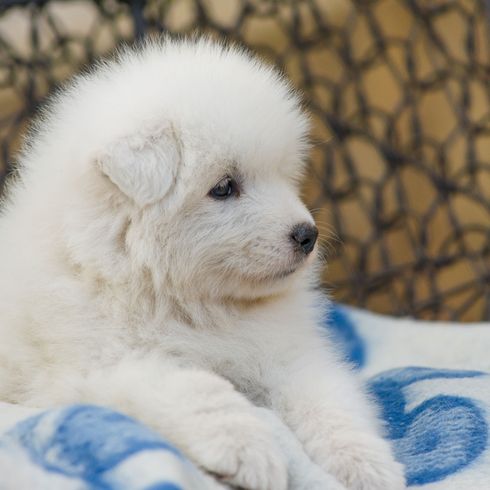
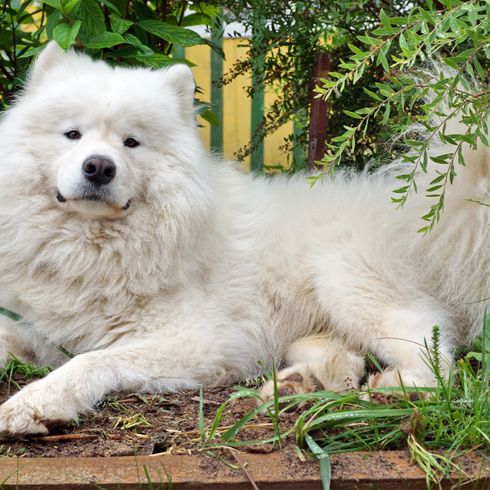
Known Diseases
Hip dysplasia (HD)
Hip dysplasia (HD) is a genetic condition in dogs where the hip joint is not shaped properly. This leads to pain, stiffness and restricted movement.
Diabetes
The metabolic disease diabetes often occurs in overweight dogs.
FAQ
-
Samoyed, on the one hand, can be simply the name of the dog of the Saamod people (Russian people, Samoyed), on the other hand, there could be a second meaning. The Nordic dog could also have its name from the proper name of the Finns (Suomi).
-
Yes, the dog is perfectly suitable as a family member.
-
A Samoyed needs average to much exercise. The smaller the apartment, the more time you should spend with him outside.
-
Yes, a Samoyed loses hair.
-
A Samoyed puppy costs about 1600 euros.
-
Samoyeds are small, fluffy dogs known for their unusually friendly and gentle personality. They have white fur that has a bushy, silky texture and a fluffy tail.
-
Samoyeds reach a shoulder height of about 41 to 46 cm with a weight of about 11 to 16 kg.
-
Samoyeds need regular brushing to keep their coats in good condition. They should also be bathed occasionally to get rid of dirt and odors.
-
Samoyeds are known for their affection and friendliness and are considered good family dogs. They are intelligent, outgoing and easy to care for.
-
The Samoyed originated in Siberia and was originally used as a working dog to pull sleds and herd animals. The breed was introduced to Europe and North America in the 19th century.
-
The average life expectancy of a Samoyed is 12 to 15 years






